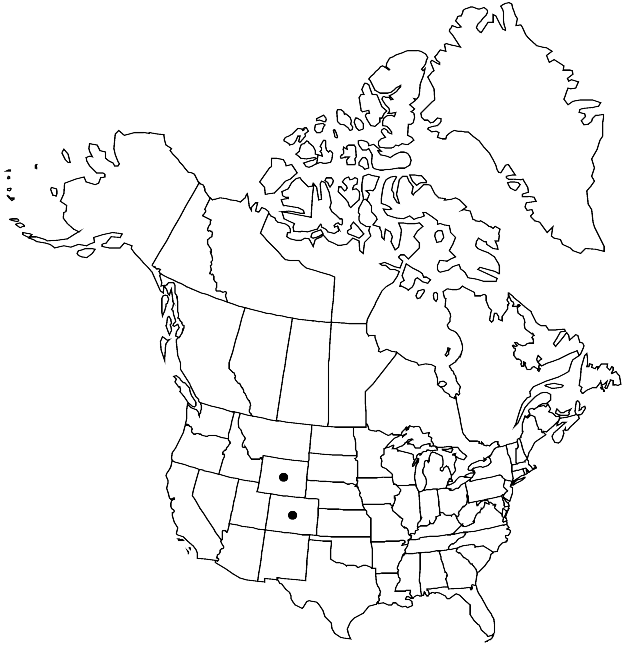Difference between revisions of "Brachythecium erythrorrhizon var. alpinum"
Arctoa 19: 190, fig. 4. 2011.
Endemic
Treatment appears in FNA Volume 28. Treatment on page 425.
FNA>Volume Importer |
imported>Volume Importer |
||
| (2 intermediate revisions by 2 users not shown) | |||
| Line 48: | Line 48: | ||
|publication year=2011 | |publication year=2011 | ||
|special status=Endemic | |special status=Endemic | ||
| − | |source xml=https:// | + | |source xml=https://bitbucket.org/aafc-mbb/fna-data-curation/src/2e0870ddd59836b60bcf96646a41e87ea5a5943a/coarse_grained_fna_xml/V28/V28_660.xml |
|genus=Brachythecium | |genus=Brachythecium | ||
|species=Brachythecium erythrorrhizon | |species=Brachythecium erythrorrhizon | ||
Latest revision as of 22:37, 5 November 2020
Plants small to medium-sized. Leaves straight, 1.2–1.5(–1.7) mm; laminal cells elongate, 30–60 µm.
Habitat: Soil, rock, mountains
Elevation: high elevations (3100-3200 m)
Discussion
Variety alpinum has strongly plicate and concave leaves, julaceous foliage, and numerous alar cells. These alpine plants from the Rocky Mountains resemble Brachythecium coruscum rather than B. erythrorrhizon var. erythrorrhizon, but differ in larger cells in alar regions and leaf decurrencies (Y. Kosovich-Anderson and M. S. Ignatov 2010).
Selected References
None.
Lower Taxa
None.
